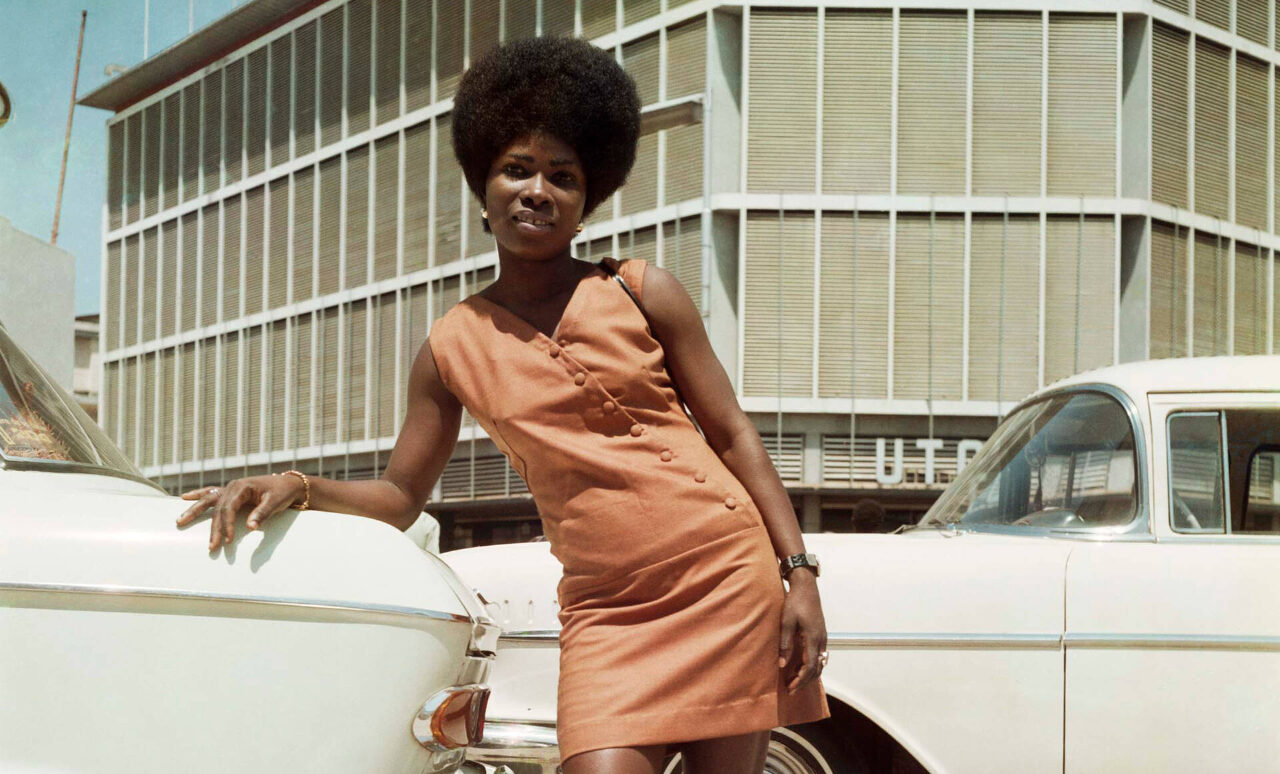Tropical Modernism: Architecture and Independence

Tropical Modernism was an architectural style that developed in the late 1940s in India and Ghana. It took European Modernism and adapted it for the intense heat and sun of the tropics, serving as a symbol of independence and progressiveness in these countries newly relieved of colonial rule.
The style was developed by British architects Jane Drew and Maxwell Fry, who modified the Modernist aesthetic to value function in the hot and humid climate of the Gold Coast, as Ghana was then known. They created buildings that passively cooled themselves through wide eaves, adjustable louvres and semi-permeable screens called brise soleils that all shaded and allowed breezes to circulate. In their creation of Chandigarh, an entirely new city in the foothills of the Himalayas, they brought in architect Le Corbusier and local workers. The project served as a kind of school for local architects. Drew and Fry failed to take into account some elements of local street culture and customs of living. So it remains a huge achievement but its most visited attraction today is a village of statues by local artist and road inspector Nek Chand, made from the detritus knocked down to make way for the new city.
The exhibition involves models, drawings, letters, photographs, films and archival ephemera to tell this entralling story. It is both detailed and precise but with an underlying romantic element: the fantasy of building a new world. Raj Rewal designed exhibition halls in New Delhi in 1972 with a pioneering “space frame” structure in reinforced concrete, which allowed for striking, space-age open interiors. The Colonial Office provided Ghana with the equivalent of £6 billion in today’s money, giving an opportunity to concretise the country’s new spirit. The buildings still stand, although a bit tarnished with age and wear. The contemporaneous photos jump out off the walls with this spirit of change.
The style faded out in the 1970s with the advent of air conditioning, but curator Christopher Turner sees a renewed relevance in the growing necessity of dealing with climate change. There is a lot to learn from the techniques that it used. The show is a fascinating look at a revolutionary architectural style.
Jessica Wall
Image: James Barnor. Courtesy of Galerie Clémentine de la Féronnière
Tropical Modernism: Architecture and Independence is at from 2nd March until 22nd September 2024. For further information visit the exhibition’s website here.
























Facebook
Twitter
Instagram
YouTube
RSS